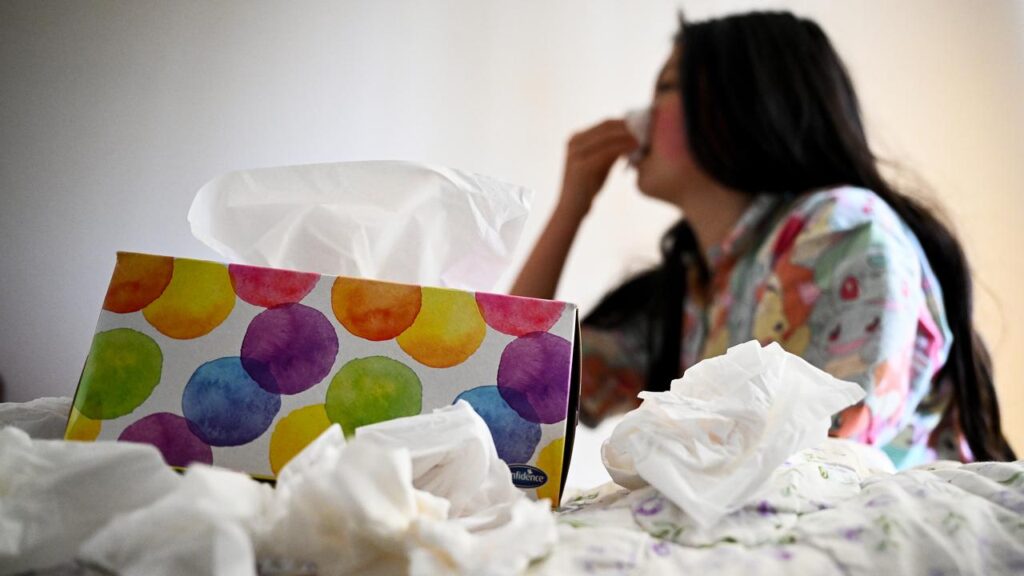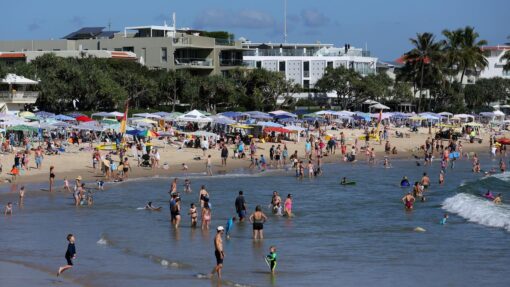Spike in flu cases sparks plea over ‘dire’ rate of jabs
Savannah Meacham |

Australians are being warned to get vaccinated before a possible severe flu season after an unusual spike in cases across the country.
Low vaccination rates have reflected a “lack of concern” for influenza but Australians have been told not to underestimate the respiratory illness as winter looms.
More than 71,000 flu cases have been reported in Australia since January 1, an unseasonally high rise.
The rise in cases was unusual, the World Health Organisation’s Patrick Reading said.
It is more than 50 per cent higher than the previous record of flu cases during January to March 2024.
The rise might reflect behavioural traits, Professor Reading said, such as the weather leading to more people indoors, travellers bringing the virus into Australia and a declining rate of vaccination.
The northern hemisphere, particularly the United States, recorded a striking peak of influenza cases during its winter between December and February.
However, even with these indicators, Prof Reading said it didn’t make it any easier to predict the severity of the upcoming flu season, commonly from June to September.

“This will be dependent on a range of factors, which virus subtype becomes dominant or which strain becomes dominant,” said Prof Reading, WHO Collaborating Centre for Reference and Research director.
Experts will get a better idea of how to gauge the flu season’s severity when cases begin piling up through winter.
But the message is clear – now is the time to get vaccinated.
People have been told to get the flu jab to protect themselves and those considered at high risk including young children, the elderly, pregnant women and Aboriginal and Torres Strait Islanders.
“Our influenza vaccination rates in Australia are dire, and they’re not improving,” said Julie Leask, University of Sydney’s Public Health and Social Scientist.

At the end of 2024, 62 per cent of people aged over 65 received a flu vaccine while just 28 per cent of kids aged six months to five years old had coverage.
This year doesn’t seem to be tracking any better with 32.5 per cent of people over 65 so far receiving the flu jab.
“There’s a lack of concern about influenza,” Professor Leask said.
“It’s the kind of underdog of infectious diseases, and people tend to underestimate its severity.”
Factors stopping people from getting a flu jab include the cost of the shot or going to the doctor, inconvenience in making an appointment, long wait times and unavailability, a National Vaccination Insights Project survey said.
Flu vaccines are free for everyone in Queensland and Western Australia while other states slashed the fee for kids under five, people over 65 and Aboriginal and Torres Strait Islanders.
Australia reported 365,000 influenza cases last year, with more than 4200 people admitted to hospital and 810 flu-related deaths.
AAP


